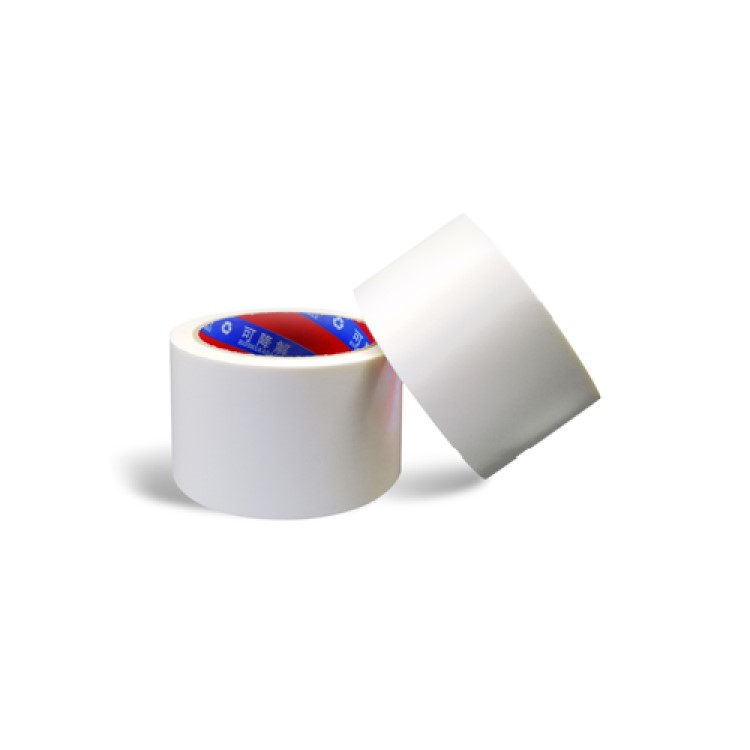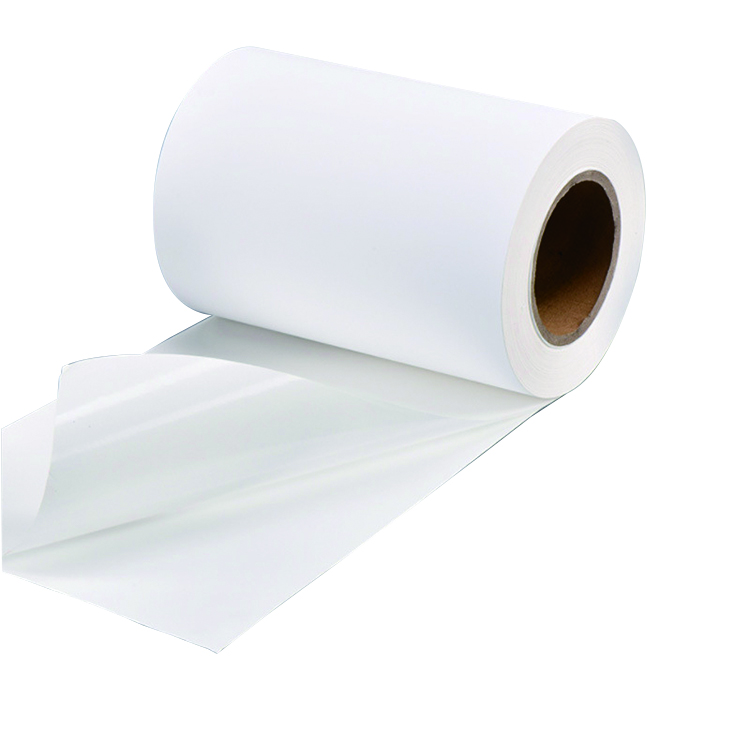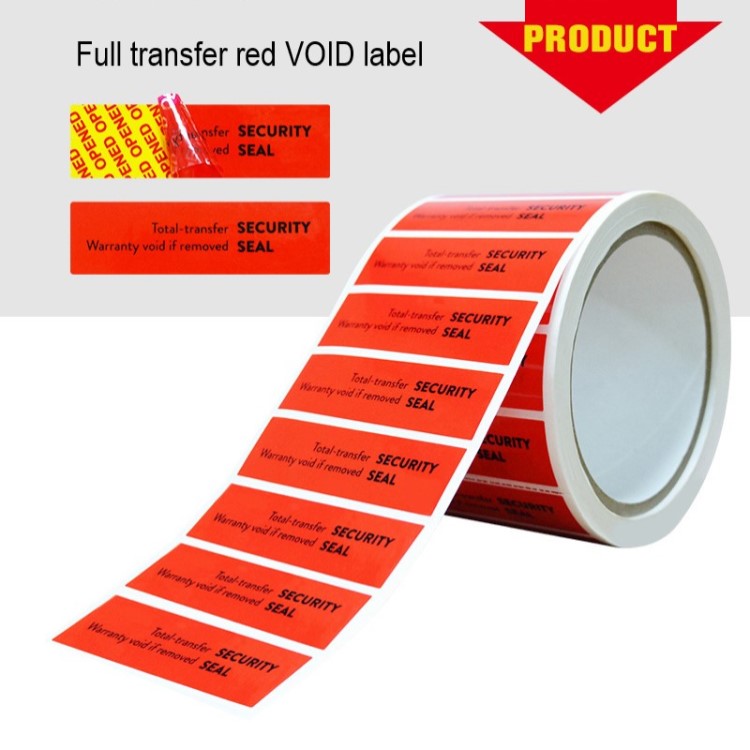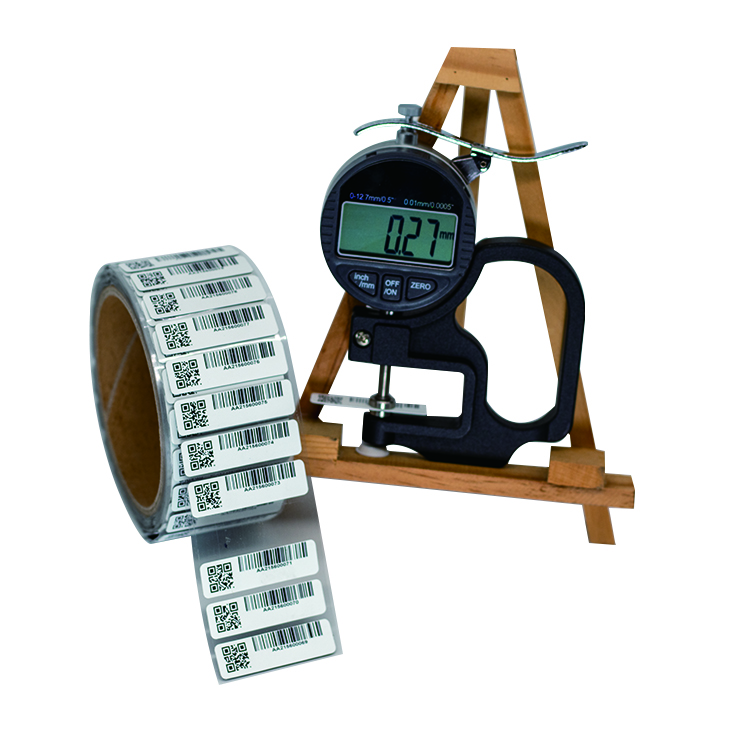High-Temperature Resistant Labels for Dental Applications
Sticker labels play a crucial role in various industries, providing essential information, identification, and branding. One industry that demands specialized labels is the dental sector. Dental applications require labels that can withstand high temperatures, ensuring accurate identification and traceability throughout various processes. In this article, we will explore the significance of high-temperature resistant labels in dental applications.
Understanding the Importance of High-Temperature Resistance
Dental applications involve a range of processes, including sterilization, autoclaving, and other heat-intensive procedures. Traditional labels may fail under such extreme conditions, leading to illegible or damaged information. High-temperature resistant labels are designed to withstand these challenges, ensuring that crucial information remains intact and readable throughout the dental workflow.
The Role of High-Temperature Resistant Labels in Dental Identification
Accurate identification is essential in the dental industry, where various tools, instruments, and materials are used. High-temperature resistant labels provide a reliable solution for labeling dental equipment, such as surgical instruments, handpieces, and dental implants. These labels can withstand the high temperatures generated during autoclaving and sterilization processes, ensuring that the identification information remains intact and legible.
Moreover, high-temperature resistant labels can be customized to include barcodes or QR codes, enabling efficient tracking and traceability of dental instruments and materials. This enhances inventory management, reduces errors, and improves overall workflow efficiency.
Ensuring Safety and Compliance
Dental practices must adhere to strict safety and compliance regulations. High-temperature resistant labels play a vital role in ensuring compliance with these standards. By providing accurate and legible information, these labels contribute to patient safety and the overall quality of dental care.
Furthermore, high-temperature resistant labels can include additional safety features, such as color-coded indicators or tamper-evident materials. These features help identify instruments or materials that have been subjected to specific sterilization processes, ensuring that dental professionals can confidently use safe and compliant tools.
Choosing the Right High-Temperature Resistant Labels
When selecting high-temperature resistant labels for dental applications, several factors need to be considered:
1. Material: Labels must be made from materials that can withstand high temperatures without compromising their adhesive properties or legibility. Common materials used include polyester, polyimide, and ceramic-based materials.
2. Adhesive: The adhesive used should be capable of withstanding high temperatures and maintaining a strong bond with the labeled item. Silicone adhesives are often used due to their excellent heat resistance properties.
3. Printability: Labels should be compatible with various printing methods, including thermal transfer or laser printing, to ensure clear and durable printing of identification information.
Conclusion
In the dental industry, high-temperature resistant labels are essential for accurate identification, traceability, and compliance. These labels can withstand the extreme temperatures associated with sterilization processes, ensuring that crucial information remains intact and legible. By choosing the right materials, adhesives, and printing methods, dental professionals can enhance workflow efficiency, improve patient safety, and maintain compliance with industry regulations.
High-temperature resistant labels are a valuable asset in the dental field, providing reliable identification and traceability solutions that meet the unique demands of this specialized industry.
We offer comprehensive technical support, including free professional labeling solutions, advice on label materials and adhesive selection, as well as online/offline assistance from professional software and hardware engineers. Service email: andy@ownlikes.cn. In pre-sales, we leverage our extensive experience in specialty labeling projects to provide clients with the most suitable hardware solutions. Additionally, all our label barcode printers and scanners come with a three-year free warranty, demonstrating our confidence in our products.






This site is protected by reCAPTCHA and the Google Privacy Policy and Terms of Service apply.